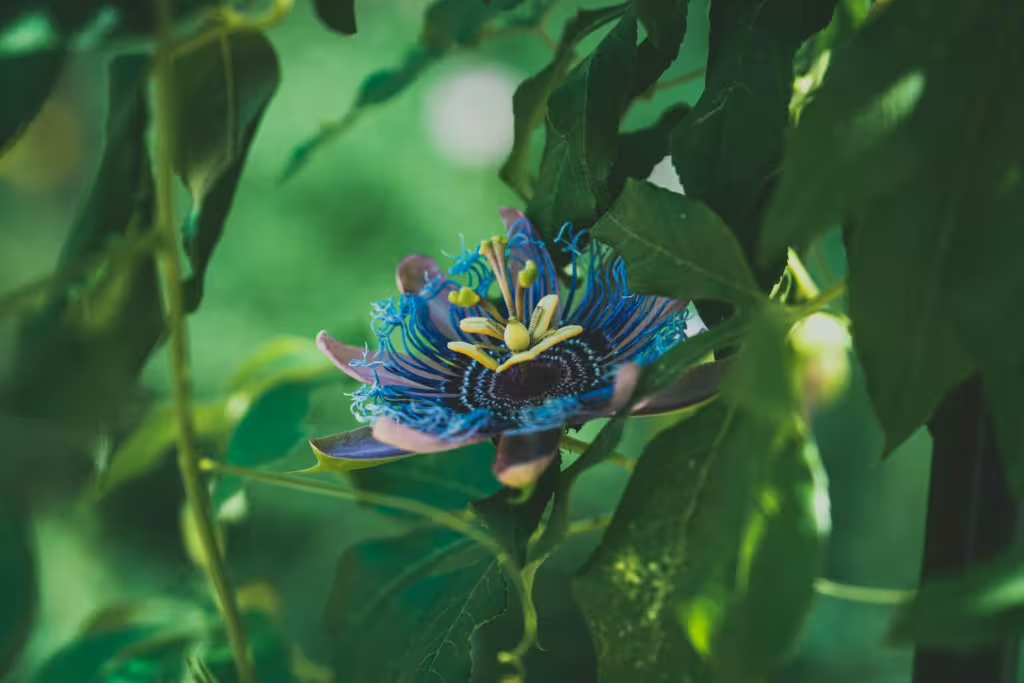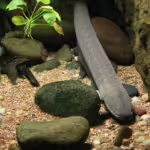By now, most readers understand that plants are the foundation of life on this planet. Plants are a fundamental part of the way that we and other animals perpetuate our continued existence. They provide oxygen, food, medicine, and shelter to every single sentient and non-sentient being, big or small. Despite their importance and the value we place on them as a species, many plant species stand on the very brink of extinction. Whether it be due to habitat loss, climate change, invasive species, or other destructive human activities, some plants have become as endangered as the black rhinocerous.
In this article, we will travel to the four corners of the world to encounter these critically endangered plants on, or rather in, their home turf. We will endeavor to understand the significance of these species, and take a more comprehensive look at the conservation efforts aimed at preserving these floral treasures for future generations.
The Importance of Conserving Rare Plants
Of the many rare and endangered plants that make up the comprehensive list below, it should be known that nearly every single one of them plays a vital roles in their respective ecosystem. These plants often support unique pollinators, provide habitats and homes for local wildlife, and maintain soil health. Yet, beyond their ecological significance, these endangered plants have myriad cultural, medicinal, and economic value. Losing any one of them could mean the disappearance of valuable resources and the unraveling of intricate ecological networks.
Critically Endangered Plant Species
Corpse Flower (Amorphophallus titanum)
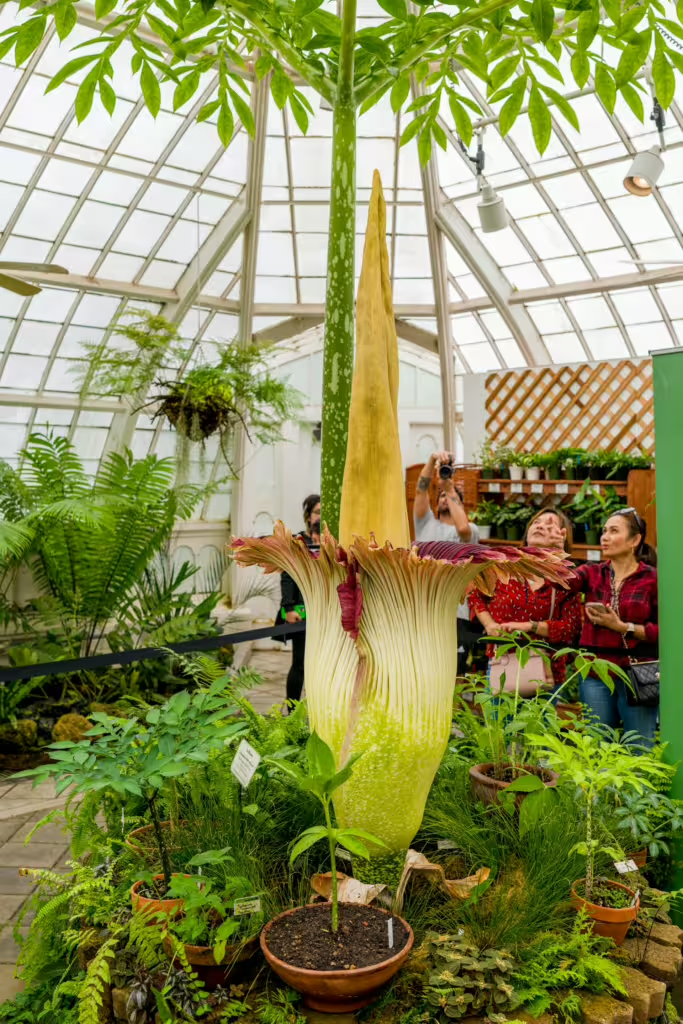
This tremendous, foul-smelling bloom is native to the rainforests of Sumatra and Indonesia. It is called the corpse flower for a very good reason, because its famously enormous bloom and foul odor is used to attract carrion beetles and flies. It uses these insects for pollination, and they help perpetuate its continued existence in its rainforest home. Sadly, rampant and uncontrolled habitat destruction caused by deforestation has left this unique plant critically endangered. Saving the corpse flower is not an easy task, however, conservation efforts are underway. Many such efforts include cultivating it in botanical gardens worldwide, ensuring its survival outside its natural habitat.
Western Underground Orchid (Rhizanthella gardneri)
Western Australia, this rare orchid lives its lifespan entirely underground. It facilitates this unusual existence by relying on a symbiotic relationship with mycorrhizal fungi. The orchid’s elusive nature and reliance on specific fungi are admirable and highly-intriguing, but they also make this plant highly vulnerable to habitat loss. Conservationists are working to protect the Western Underground Orchid’s habitat and better understand its biology.
Dragon Tree (Dracaena cinnabari)
No, this is not an actual fire-breathing tree or anything; though, at this point, we might not be so surprised to learn that such a thing exists. The actual dragon tree is native to the Socotra Archipelago, and is famous for its umbrella-like shape and red resin. This resin is known as “dragon’s blood” and it has many uses, from coloring to medicine. Nevertheless, overgrazing and climate change has already begun to threaten this iconic tree, prompting reforestation efforts and stricter protections in its native range thanks to conservationist organizations.
Encephalartos Woodii
The encphalartos tree was once dubbed “the loneliest tree” by a weary botanist, and the tale behind the meaning fo this nickname is quite sad. This singularly rare cycad species from South Africa is currently extinct in the wild, and all known specimens propagated from a single male plant. Sadly, the continued survival of this amazing tree depends entirely on human intervention, including cloning and tissue culture techniques; but even with all the science in the world at our disposal, it might already be too late to save it.
Attenborough’s Pitcher Plant (Nepenthes attenboroughii)
Discovered on Mount Victoria in the Philippines, this carnivorous plant is critically endangered due to a lethal combination of limited distribution and habitat destruction. This unique species was actually named after famed naturalist Sir David Attenborough, and it symbolizes our continued need to protect fragile ecosystems all over the world. Unfortunately, despite the power and resonance the name suggests, this pitcher plant is still headed for an early retirement.
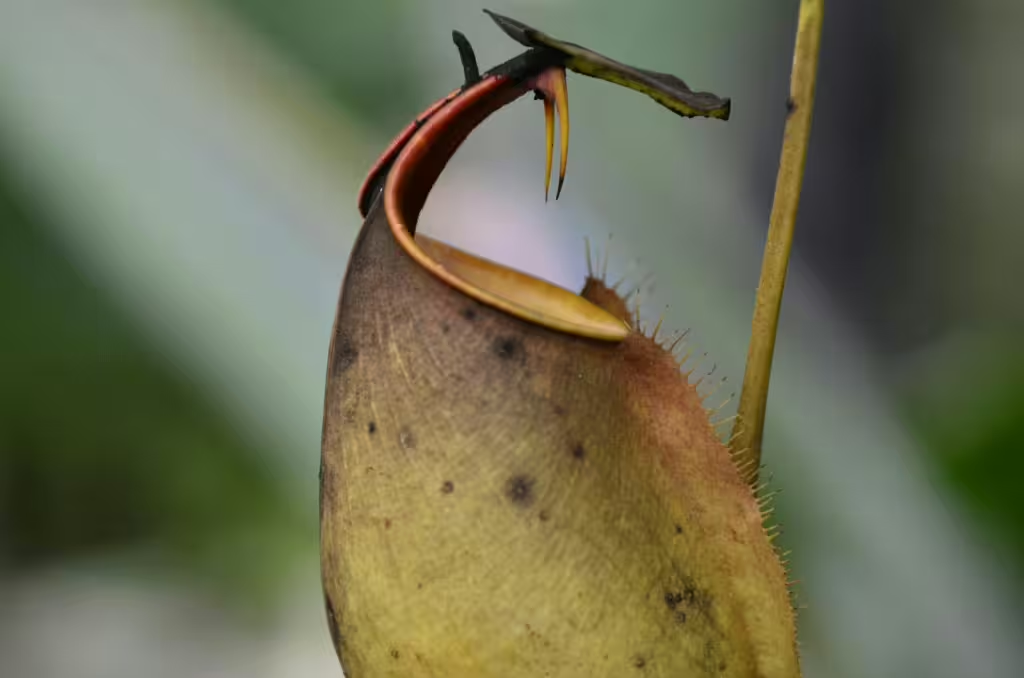
Causes of Plant Endangerment
When it coms to what causes plants to be endangered, there are a few limited reasons why this may be so:
Habitat Loss
Deforestation, urbanization, and the continued expansion of agricultural concerns are the primary drivers of habitat loss for many of the world’s plants. The truth is, we as humans are continuing to breed at an alarming rate, with billions being born into the species with each passing year. Though we need this farmland and cityspaces to feed and house this ever-swelling population, tropical rainforests and wetlands continue to suffer. Moreover, those two aforementioned ecosystems tend to be home to many rare plants, which makes them particularly vulnerable to environmental factors.
Climate Change
Climate change is a danger to one and all on this planet, even if a certain subset of the population doesn’t quite realize it. Rising temperatures, shifting weather patterns, and extreme events are more common than ever, as are wildfires, flash floods, and other vastly disruptive situations. These events not only disrupt plant life cycles, the can eliminate entire ecosystems from the equation; leaving thousands of species of plants and animals homeless or on the very edge of extinction. It should also be noted that species with specific habitat requirements, like alpine plants, face significant threats from climate change..
Invasive Species
Non-native plants and animals are frequently a problem for native species within any given ecosystem. This is because these invasive species possess specialized adaptations that allow them to outcompete other indigenous flora, altering ecosystems and reducing biodiversity as they effortlessly take over.
Overharvesting
Medicinal plants, ornamental species, and timber are among the most overexploited plants in the world. It makes sense, there are a lot of humans and we need more stuff. But these unsustainable harvesting practices have done nothing but push these plants to the brink of extinction.
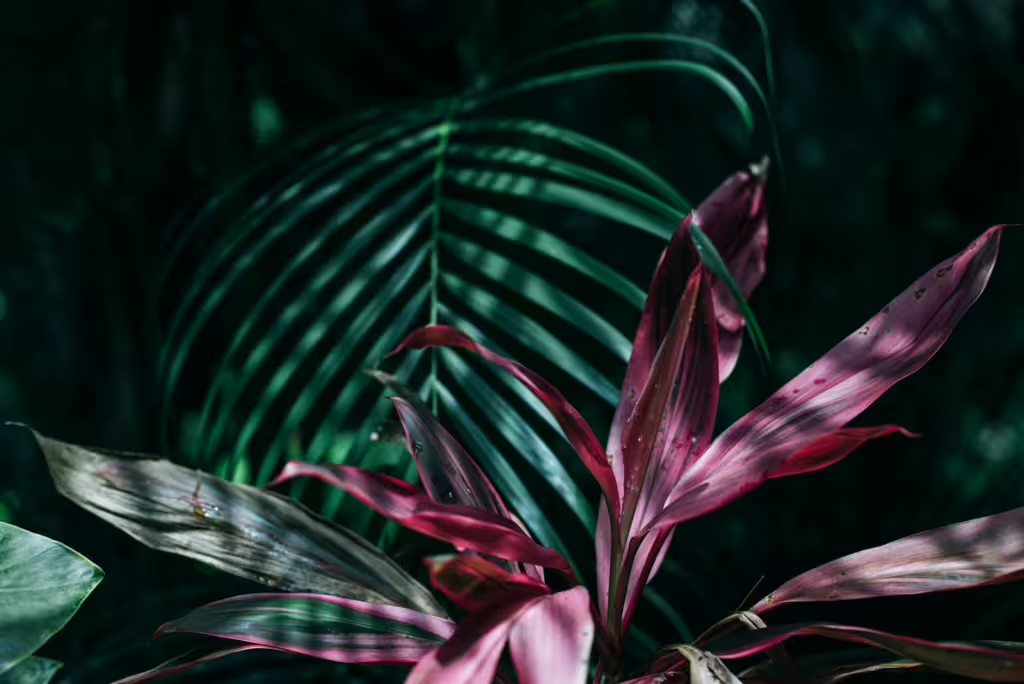
Strategies for Conserving Rare and Endangered Plants
Fortunately, effective efforts to protect endangered plants are already in place. Such practices tend to involve a combination of scientific, community, and legislative initiatives on behalf of the endangered species. These strategies are crucial in safeguarding biodiversity and ensuring these plants grow and thrive for countless future generations.
Seed Banks and Botanical Gardens
Seed banks, such as the Millennium Seed Bank in the United Kingdom, act as vaults for the genetic material of rare and endangered plants. There are many such seed banks in important locations all across the planet. Such places work by storing seeds under controlled conditions until they are needed. Such facilities ensure the plants’ survival even if wild populations are lost. At the same time, seed banks provide resources for restoration projects, as well as aiding in or financing research into plant resilience to climate change.
Botanical gardens are also a nice complement to these efforts. Most botanical gardens work by cultivating endangered species in controlled environments, which helps preserve genetic diversity and supports reintroduction initiatives. These remarkable gardens also serve as educational hubs for those looking to learn more and spread the word. Thus, seed banks provide folks with a way of seeing what is really happening out there, raising awareness about the importance of plant conservation and inspiring visitors to take action.
Habitat Restoration
With habitats across the world constantly being diminished by human intervention, the need to rebuild those damaged ecosystems has become a cornerstone of plant conservation. Initiatives like reforestation, wetland restoration, and the removal of invasive species are just a few of the vital conservation processes that are needed to fix the damage we have already done to the natural world. All of these help to recreate conditions where endangered plants can grow and thrive.
Community Involvement
It is of vital importance that we engage local communities in conservation efforts. Why is this so critical, you may ask? Well, it’s kind of elementary. When communities understand the value of their natural resources, they essentially become stewards of their environment. Programs promoting sustainable agriculture, ecotourism, and environmental education are all ways of empowering communities to protect plant habitats while benefiting economically.
Legislation and Protected Areas
Legal and political protections are among the most important initiatives for folks looking to preserve endangered plant life. Laws like the Endangered Species Act in the U.S. and international agreements such as the Convention on International Trade in Endangered Species (CITES) regulate trade and protect critical habitats. At the same time, establishing protected areas, including reserves and national parks, creates safe havens for endangered plants, shielding them from threats like logging, mining, and urban development. All the time, governments and organizations work to enforce these protections, often involving local stakeholders to ensure compliance, but there are still many places in the world where such altruism toward nature does not explicitly exist.
Success Stories
The stories below represent actual successes in conservation efforts. These programs have resulted in remarkable successes, ensuring the survival of some of the world’s most extraordinary plants. Here are three inspiring such examples:
Wollemi Pine (Wollemia nobilis)
The Wollemi pine was once dubbed a “living fossil,” a plant that was believed to have gone extinct millions of years ago. The reason that this fossil is living is because it never actually died out in the first place. In 1994, this pine was rediscovered in a remote canyon in Australia’s Wollemi National Park. This prehistoric plant has been traced back to the age of the dinosaurs, so it immediately became a symbol of conservation. Once the new pine was found, scientists and horticulturalists initiated intensive efforts to protect its tiny population, which included fewer than 100 mature trees. Techniques like cloning and controlled seed distribution to botanical gardens worldwide were utilized, and have helped ensure its survival. Additionally, the location of wild populations remains a closely guarded secret. This is to prevent poaching and disease transmission.
Ghost Orchid (Dendrophylax lindenii)
The ghost orchid, with its ethereal white flowers, is one of the rarest and most sought-after orchids on the planet. The ghoulish orchid can usually be found in the swamps of Florida and parts of the Caribbean, but it once faced near extinction due to habitat destruction and illegal collection by overzealous orchid enthusiasts. Nevertheless, modern conservationists have shifted their focus towards protecting the fragile wetland habitats the orchid can be found in, as well as educating the public about its ecological significance. As a result, public awareness campaigns have also turned this plant into a symbol of wetland preservation.
Silversword (Argyroxiphium sandwicense)
The fabled silversword was once native to the high volcanic slopes of Hawaii, where it stood as a striking example of nature’s incredible adaptability. However, overgrazing by invasive animals species, coupled with habitat destruction, had once brought this unique plant to the brink of extinction. Fortunately, through a helpful combination of habitat restoration, fencing to exclude invasive species, and cultivation programs, the silversword population has been able to steadily recover. At the same time, modern conservationists have also begun to take the time to restore seeds from the endangered plant, thereby ensuring the plant’s genetic diversity is preserved.
Support Conservation Organizations
You can help the cause by donating to or volunteering with specific conservation groups dedicated to protecting endangered plants and their habitats.
Practice Sustainable Living
Reduce your personal, ecological footprint by supporting sustainable agriculture, using eco-friendly products, and minimizing waste is the very least you as a person can do to help.
Raise Awareness
Share information about endangered plants to your friends, family, Facebook wall, literally anyone who could listen. If you can inspire others to take action, then you too are helping the process.
True Investigator Says…
As you can see, the loss of rare and endangered plants would prove to be a biodiversity crisis all of its own. Moreover, the extinction of any of these plant species would likely prove to be a real ecological loss for humanity in general. Remember, the plants mentioned above are more than just species—they are keystones within their respective ecosystems, sources of inspiration, and bearers of history. That is why we need to take the time to prioritize conservation and sustainable practices. If we can simply do this, all of us, together, then we can protect these floral treasures and ensure that future generations inherit a world rich in plant diversity.
Discover more from TrueInvestigator
Subscribe to get the latest posts sent to your email.
